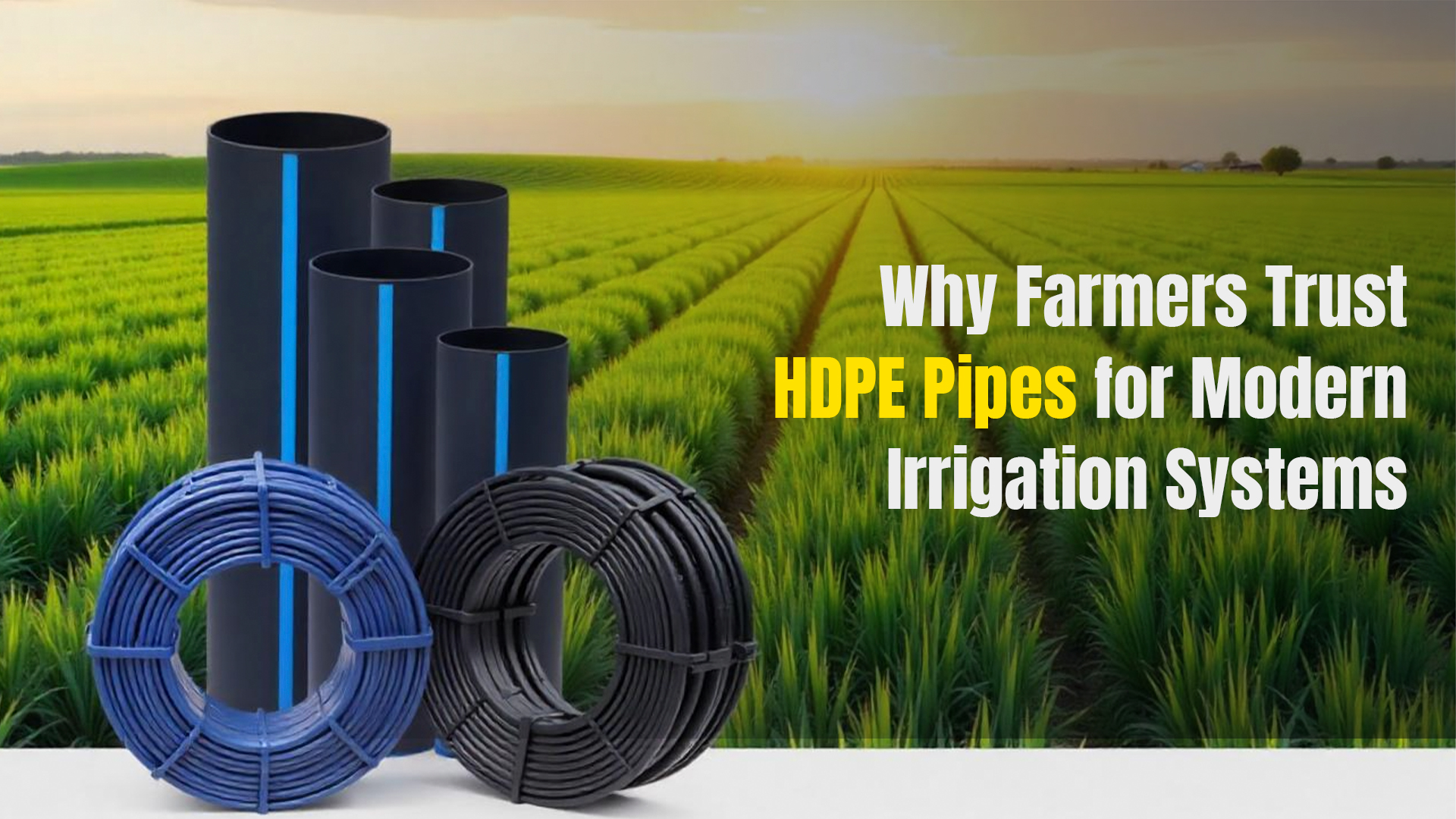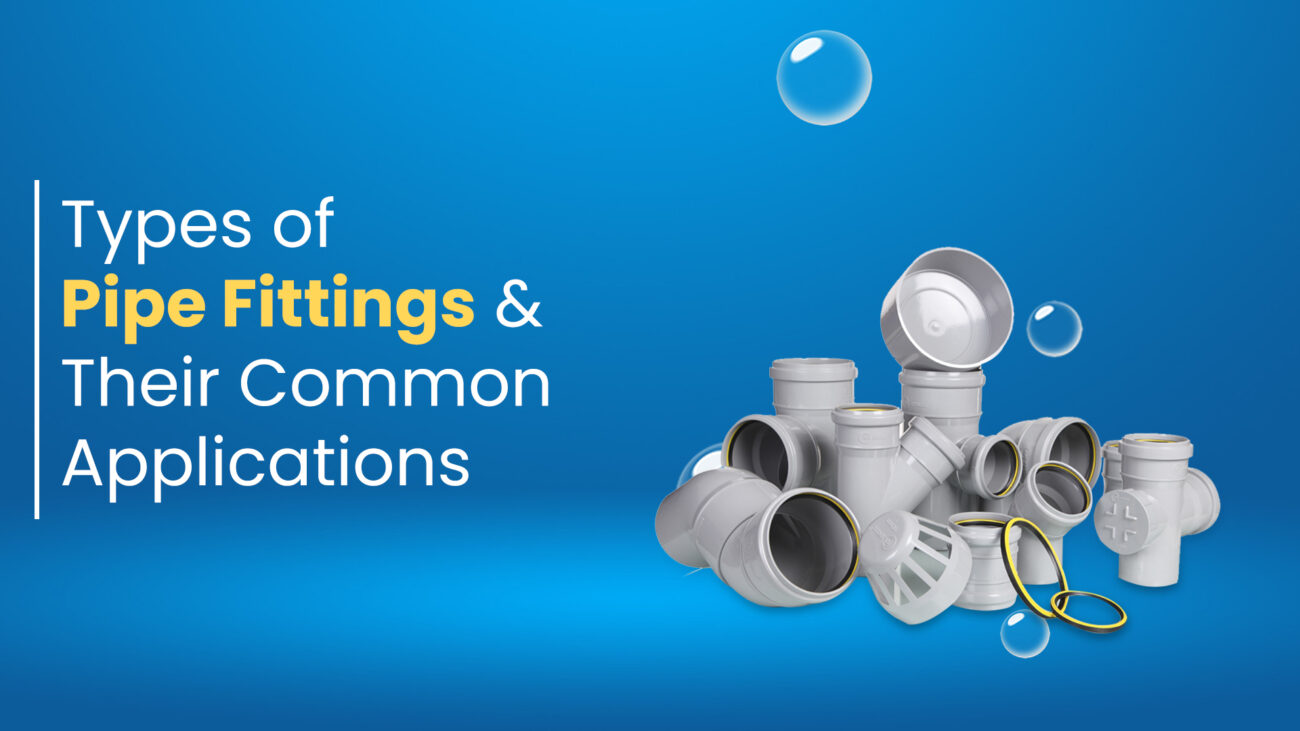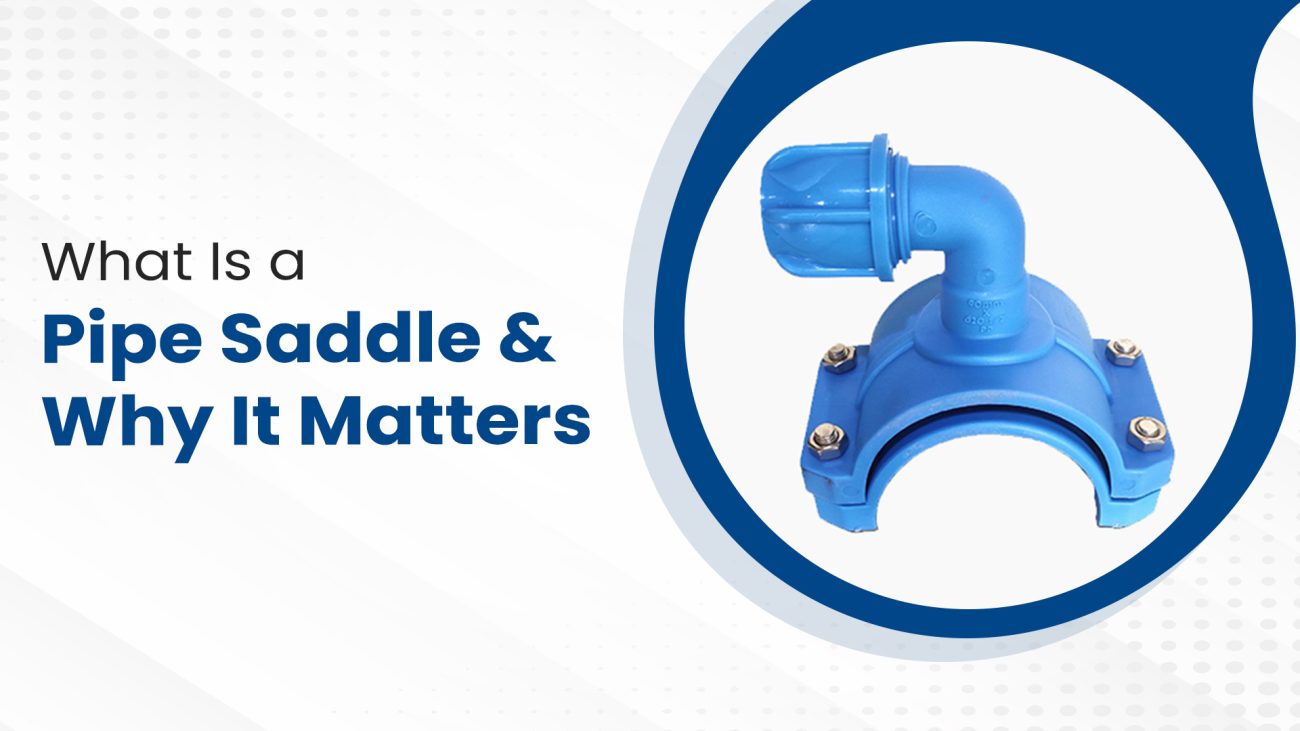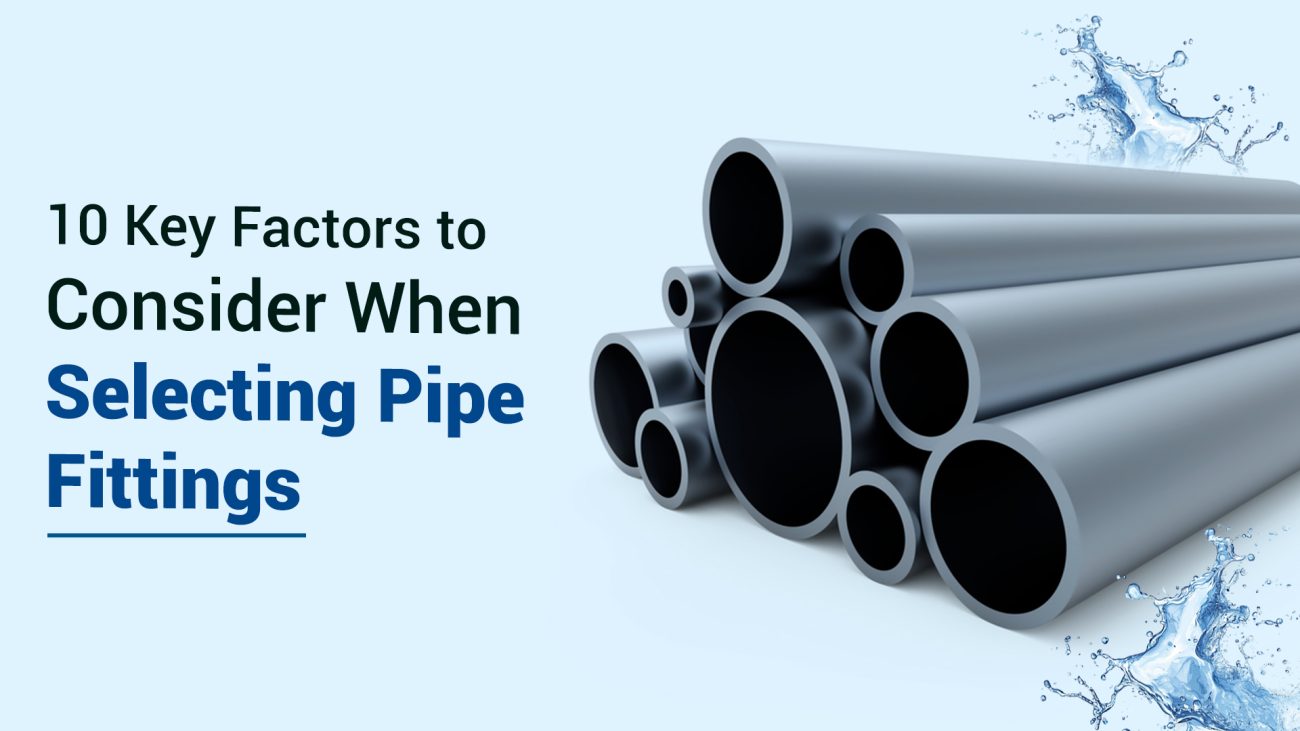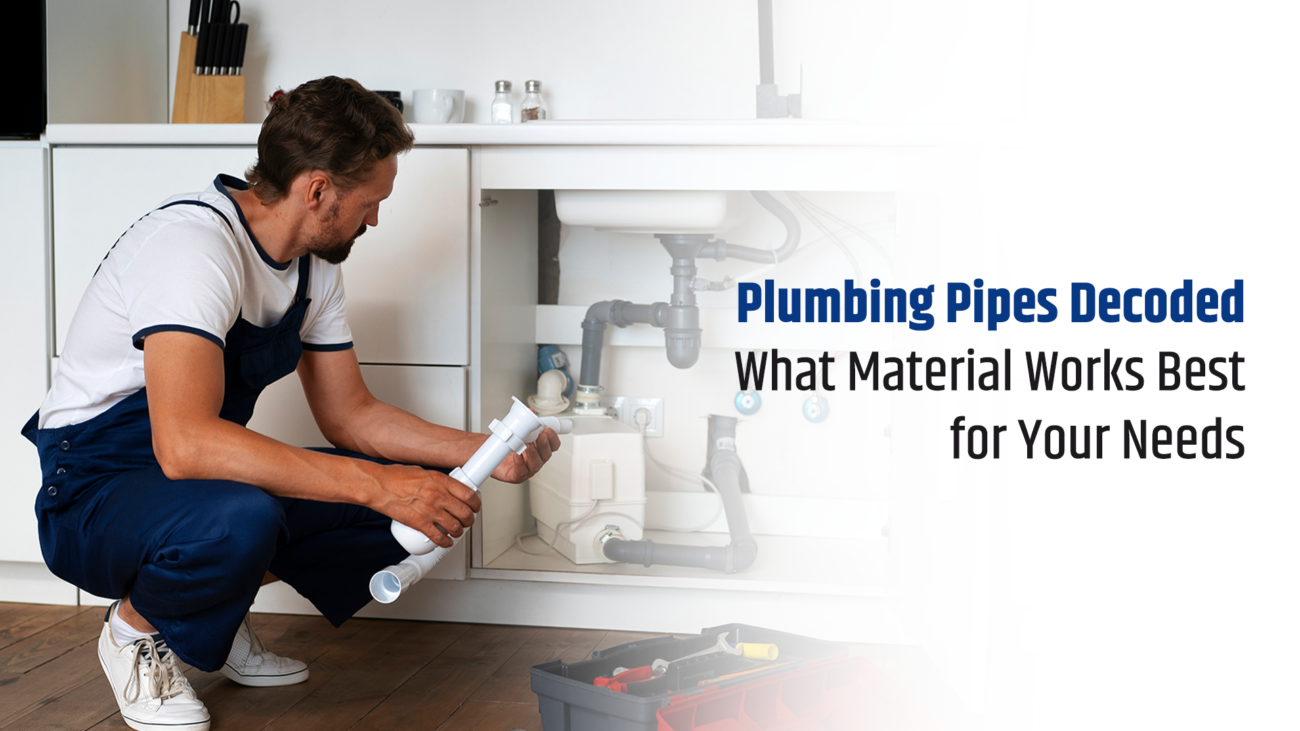Water is the lifeline of farming and gardening. If your irrigation system leaks or fails, you’ll waste water, time, and money. That is why choosing the appropriate pipes is crucial. HDPE irrigation pipes are the best solution, and for good reason.
HDPE pipes don’t rust. They won’t crack. Chemicals in soil can’t touch them. These plastic pipes bend without breaking and last for decades. Small garden or 100-acre farm? Doesn’t matter. HDPE works everywhere:
- Connects easily with special fittings
- Handles sprinklers or drip systems
- Installs fast with basic tools
Forget constant repairs. Stop wasting water. Here’s why smart farmers are switching to HDPE. Let’s dive into the 10 biggest benefits.
1.Durability & Longevity
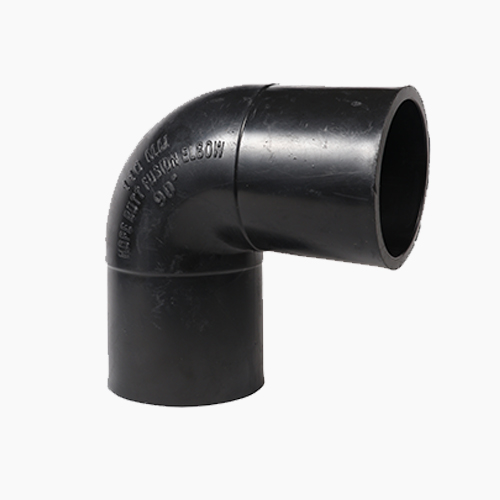
HDPE irrigation pipes don’t give up easily. They can withstand harsh circumstances without breaking down.
- No corrosion – Water, chemicals, and soil do not harm them.
- Lasts decades – When properly placed, they can last for more than 50 years with minimum care.
- Survives harsh weather – Freezing temps? Scorching heat? No problem.
You won’t need to dig up and replace these pipes every few years. That’s time and money saved.
2.Leak-Free Joints (No More Wasted Water!)
Ever seen a pipe connection dripping water? That’s a waste—and a headache. HDPE pipes use heat-fused joints, meaning they’re melted together for a perfect seal.
- No weak spots – Unlike glued or screwed fittings, fused joints won’t loosen over time.
- Saves water – Every drop stays in the system, right where it should be.
- Works with HDPE pipe fittings – Whether you’re connecting to a pump, filter, or tank, the joints stay tight.
Less leaks mean more water for your crops—and lower bills.3.
3.Easier Installation
Try bending a metal pipe. Not easy, right? HDPE pipes are flexible. They bend around obstructions without snapping.
- Fewer fittings needed – There are fewer fittings required because the pipe bends. It eliminates the need for elbows or connectors.
- Handles movement: If the ground shifts (as in an earthquake), the pipe flexes rather than shattering.
- Lightweight – HDPE sprinkler fittings are much easier to transport and install than hefty metal pipes.
No heavy machinery? No problem. A small crew can handle installation.
4.Cost-Effective (More Savings Over Time)
Cheaper upfront isn’t always better. HDPE might cost a bit more than some materials at first, but it pays off.
- Lower labor costs – Faster, easier installation means less time (and money) spent.
- Minimal maintenance – No rust repairs, no joint leaks—just set it and forget it.
- Long lifespan – Replacing pipes every 5-10 years adds up. HDPE lasts decades.
Consider selecting solid options, rather than cheap ones that will fall apart in a year.
5.Resists Clogs & Buildup
Ever had a pipe clog because of sand, sediment, or mineral deposits? HDPE’s smooth inner surface prevents gunk from sticking.
- Better water flow – No rough edges or corrosion means no slowdowns.
- Works with dirty water – Perfect for sandy soils or areas with high sediment.
- No scaling – Hard water minerals don’t build up inside like they do in metal pipes.
Less clogging results in less maintenance. Your irrigation system keeps running smoothly.
6.Handles Sun and Weather Like a Champ
Most pipes hate sunlight. UV rays make them brittle over time. But HDPE irrigation pipes? They can take the heat—literally.
- UV-resistant – won’t break or deteriorate after years of exposure to sunshine.
- Works above or below earth – They perform the same whether they are buried or uncovered.
- Temperature tolerance – From chill winters to hot summers, the material remains stable.
No need for special coatings or covers. Just install and forget about weather damage.
7.Eco-Friendly Choice
Plastic pipes might sound bad for the environment. But HDPE is different.
- 100% recyclable – Old pipes can be melted down and reused
- No toxic leaks – Unlike some metal pipes, it won’t contaminate water
- Reduces waste – Fewer replacements mean less material in landfills
Farmers using HDPE pipe fittings are often surprised how “green” this plastic option really is.
8.Water Flows Faster (And Cheaper)
The smoother the pipe, the better the flow. HDPE’s slick interior gives water less resistance.
- Lower pumping costs – Uses up to 30% less energy than rough pipes
- Maintains pressure – Perfect for long irrigation runs
- Works great with HDPE sprinkler fittings – No pressure drops at connection points
More water gets where it needs to go, with less effort and expense.
9.Roots Won’t Mess With It
Tree roots are nature’s pipe destroyers. They will crack concrete and squeeze into metal joints. But HDPE?
- No seams to invade – Heat-fused joints leave nowhere for roots to enter
- Flexes under pressure – If roots push against it, the pipe gives slightly without breaking
- No chemical treatments needed – Unlike some pipes that require root-killing additives
Your irrigation lines stay root-free without constant maintenance.
10.One Pipe Does It All
From small gardens to massive farms, HDPE irrigation pipes handle every job:
- Drip systems – Precise water delivery with no leaks
- Sprinklers – HDPE sprinkler fittings make customization easy
- Main lines – Strong enough for high-volume water transport
Whether you are connecting to a well, pond, or municipal supply, the same HDPE pipe fittings work everywhere. No need for multiple pipe types.
Final Thoughts: Why HDPE Pipes Win for Irrigation
Let’s be real—irrigation systems can be expensive and time-consuming to maintain. But with HDPE irrigation pipes, you are choosing a solution that actually works for you, not against you.
No other material checks all these boxes. Metal corrodes. PVC gets brittle. Concrete cracks. HDPE? It just keeps going, season after season.
Sick of fixing leaks and clearing clogs? Tired of replacing broken pipes? Make the switch today.
Visit your local irrigation supplier. They will help you find the perfect HDPE pipe setup for your needs.
Because, at the end of the day, your irrigation system should not be an additional duty. It should simply work. And with HDPE, it will.
FAQs
1.What is the best pipe material for irrigation systems?
For most farms and gardens, HDPE irrigation pipes are the top choice. Here is why:
- Last decades without rusting or cracking
- Flexible enough to handle ground movement
- Leak-proof when using HDPE pipe fittings
- Work for drip systems, sprinklers (HDPE sprinkler fittings), and mainlines
2.What is HDPE pipe used for in agriculture?
Farmers use HDPE irrigation pipes for:
- Main water supply lines from wells or pumps
- Drip irrigation systems
- Sprinkler systems (with HDPE sprinkler fittings)
- Moving water across fields without leaks
3.Why is HDPE pipe better than PVC?
While both are plastic, HDPE wins because:
- Stronger – Won’t crack if frozen or hit by equipment
- More flexible – Can bend without breaking
- Better joints – Heat-fused HDPE pipe fittings won’t leak like glued PVC joints
- UV resistant – Doesn’t degrade in sunlight like PVC
4.How do I choose a HDPE pipe?
Pick the right HDPE irrigation pipe by considering:
- Size (diameter) – Bigger pipes move more water
- Pressure rating – Match it to your pump’s power
- Wall thickness – Thicker walls handle heavier loads
- Fittings – Ensure HDPE pipe fittings match your system type



